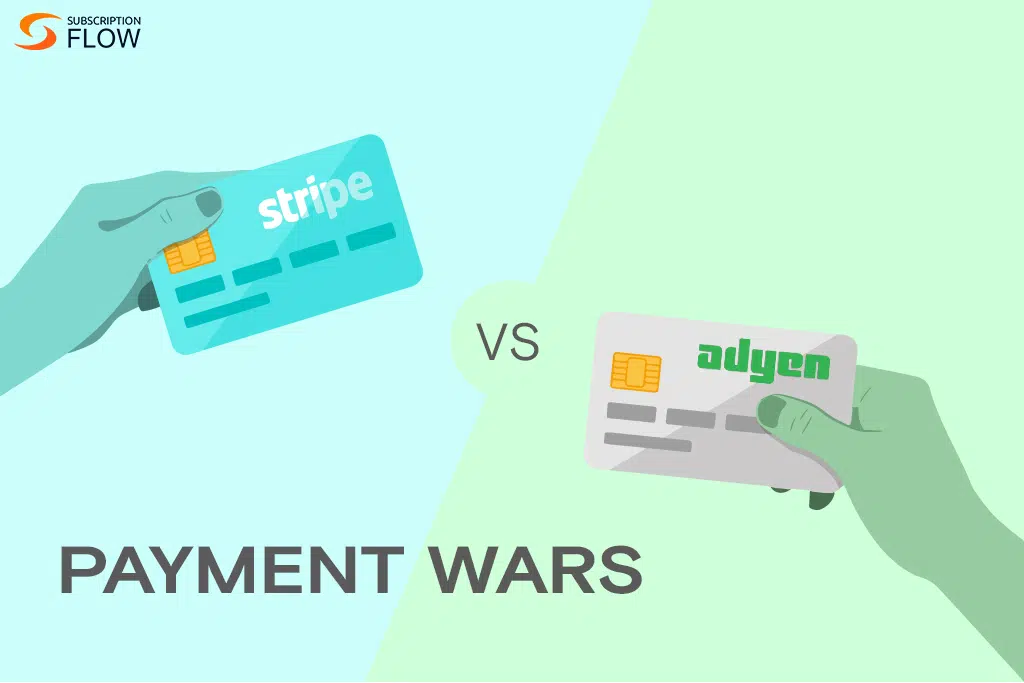
From Headlines to Attrition: A Churn Analysis of Newspaper Subscription Trends
People do not read as much as they used to. You would have heard this fatalistic truism many times before to the point where you do not even need convincing to believe that yes, people do not read as much as they read before. Just ask yourself this: when was the last time you read a book from start to finish or – keeping with the title of this blog – when was the last time you read a newspaper in print?
1973 was the year in which people used to read so much (and so regularly) that newspaper subscriptions in the US peaked at 62.5 million. This was back when the entire US population roughly equaled 212 million. This means in 1973, on average 29.5% or almost one in every three Americans read subscribed to a newspaper.
Flash forward to 50 years to 2023, and, in the age of Instagram and TikTok, and to the surprise of no one, this number has dropped down to a measly 25 million out of a population of 331 million. This means that today in 2023, on average a mere 7.5% of Americans now subscribe to a newspaper.
(Note: these statistics do not include digital circulation of newspapers which will no doubt somewhat improve the statistics in 2023. Even so, and as pointed out in this study, an overwhelming majority of people still prefer reading newspapers in print format to digital ones. This trend is especially popular in adults over the age of 40, a cohort that makes up the lion’s share of newspaper subscriptions today; most millennials or Gen-Z who read newspapers digitally do not subscribe to the newspapers and simply get their news for free.)
In this blog, we will be doing a customer churn analysis of the print media industry in the US to understand firstly what is customer churn analysis, then briefly cover what factors led to this sharp decline in newspaper subscriptions, before offering in-depth strategies to help mitigate churn using examples from successful case studies of reputable newspapers like The New York Times.
Read more: The Keys to Predicting, Preventing, & Destroying Churn
What is Churn Analysis?
To understand what is churn analysis, let us first understand what is churn. Churn is the rate at which consumers cancel or discontinue using a product or service over a given time period. So, in our case, churn would be the rate at which existing subscribers cancel their subscriptions to your newspaper.
Now, let us understand what is churn analysis.
Churn analysis is the process of analyzing customer data to quantify and then understand the rate at which customers leave a product or service. In doing so you identify the variables that contribute to their departure and utilize this knowledge to design strategies to minimize customer attrition and enhance retention. These strategies will be covered in the second half of the blog.
Television Killed the Newspaper Star
Earlier, we proved beyond any doubt that yes, newspaper subscriptions have gone down. Now, let us understand why they have gone down.
Once again, let us look at ourselves to understand why have newspaper subscriptions gone down over the years. How much time did you spend in the past month reading the news? And how much time did you spend in the last month surfing through social media, watching Netflix, or engaging with some other form of media besides print news media? The answer to the first question will most likely not be very high when compared to the answer to the latter two questions.
This is because – not unlike how Philip Roth dubbed the novel as being a dying animal – newspapers too simply cannot compete with media that are objectively more engaging. It takes actual labor – your readers have to strain their eyeballs to read each line from left to ride and then back to left – to engage with a newspaper. It does not, to say the least, take as much labor to watch a show on Netflix that most people, either way, do not even fully watch and only play in the background while they munch on food.
Sure, we can lament the dumbing down of the American audience that has been caused by the rise in people’s television consumption, yet it is an insurmountable fact that people prefer the easier-to-watch TV over the relatively more difficult-to-read newspaper.
Strategies for Reducing Your Newspaper’s Churn to Maximise Revenue
A high churn rate can be compensated by a business by having a significantly higher rate of customer attraction. In isolation, having a 20% annual churn rate might look high, but let us suppose that your newspaper’s customer attraction rate is at a whopping 50% per annum. Then, at the end of the day, your business will still be growing at an astonishingly high rate of 30%.
Even so, it is still highly advisable for you to mitigate your churn rate. The following 6 strategies will help you out in that regard:
1. Offer diverse subscription options
Though most newspapers already do this, it is paramount for newspapers to also offer a digital version to those subscribers who either cannot read the newspaper in print or – and this happens more frequently – to give your subscribers the additional option of reading the same content in print or digital format (as per their convenience).
Furthermore, offering a subsidized digital-only subscription can also be a good way of attracting those mostly young customers who were either way never going to pay the heftier amount for your newspaper’s print subscription. Giving more options is always a good thing, especially when you can do it at little cost to your own business.
Similarly, you can even incorporate differently-priced subscriptions with each tier unlocking different levels of access to the contents of your newspaper. How newspapers usually do this is by offering the more widely read components like news in their most basic tiers, but then reserving the more niche content like fiction and poetry for the higher tiers for which fewer people would like to pay.
2. Process data analytics
Using data analytics to implement churn analysis helps to uncover trends and reasons for churn, allowing newspapers to handle issues more proactively. This data-driven method may be used to influence content strategy, resulting in more relevant and interesting pieces. Readers’ attention may be maintained by regularly updating information, delivering breaking news, and providing unique investigative articles. A robust magazine subscription management platform can be of tremendous help here in helping you achieve all this.
3. Invest in community-building efforts
Creating an online community refers to creating a digital space in which subscribers of your newspaper connect to share their engagement with the newspaper’s contents. This interaction has twofold benefits: firstly, it provides greater engagement with the newspaper and thus, ensures that these subscribers become less likely to churn; secondly, it also creates new content for the newspaper that can be used to attract even more subscribers.
This leads to another part of community-building in which your subscriber is also given the option to contribute content for the newspaper. You could even customize your subscription management software to include a separate tier of subscriptions for those subscribers who regularly contribute content to the newspaper. Following in the footsteps of social media companies, it might make sense for you to convert your consumer into your fellow producer to maximize revenue.
Read more: Gross Churn: The Hidden Impact of Lost Customers on Your Business Revenue
The bottom line
Addressing dwindling newspaper subscriptions becomes critical in a media landscape where reading habits are rapidly altering, particularly among younger people. Analyzing the past and present, we have seen a significant reduction in newspaper readership throughout the years, owing mostly to the appeal of more engaging media such as television and social platforms.
To combat high churn rates, techniques such as offering varied subscription alternatives to suit changing tastes, using data analytics to monitor and respond to customer behavior, and, most significantly, engaging in community-building activities have been emphasized. By encouraging reader involvement and creating a feeling of belonging, publications may not only minimize churn but also nurture loyalty, giving the print media business a brighter future in an ever-changing digital world.
Book a demo with SubscriptionFlow if you are a newspaper looking to manage your high churn rate!









